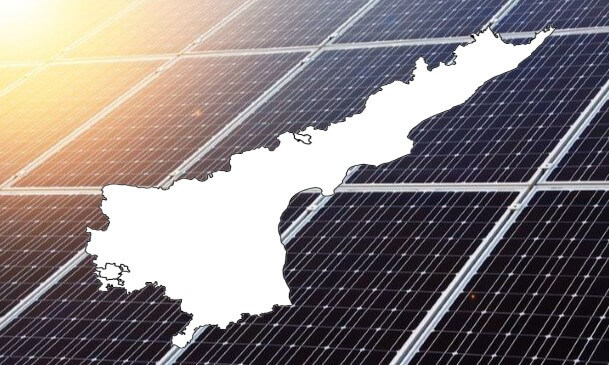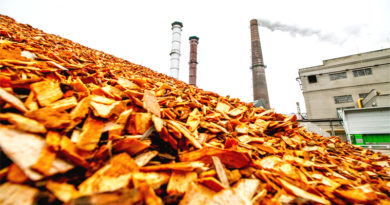Andhra Pradesh Reveals New Wind-Solar Hybrid Power Policy

Andhra Pradesh Government, on the same day as the solar Policy, unveiled its New Wind-Solar Hybrid Power Policy, in which there were several initiatives such as investor-friendly solar and wind power policies, large scale solar park(s) development, green corridor investment for power evacuation and power procurement through PPA’s with APDISCOMs have been undertaken to promote RE capacity addition.
Andhra Pradesh has set a target to achieve 18,000 MW of renewable energy capacity by the year 2021-22, which is 10 % of the national target. Target to procure the Contracted capacity of 5,000 MW at desired capacity utilization factor or CUF under this policy in next 5 years
Solar and wind power potential in AP is concentrated in the Rayalaseema belt and studies reveal that their generation profile is complementary to each other.
Wind Solar Hybrid Projects that are commissioned during the operative period shall be eligible for the incentives declared under this policy, for a period of 10 years.
Key Highlights are:
- A wind-solar hybrid project will be recognized as hybrid if the rated power capacity of one resource is at least 25 percent of the rated power capacity of other resource.
- Wind solar hybrid project must achieve a minimum capacity utilization factor (CUF) of 40 percent.
- Hybrid power generated from the wind-solar hybrid project can be used for captive purpose; sale to third party through open access; sale to the distribution company (DISCOM) either at project specific tariff determined by the APERC or at tariff discovered through transparent bidding process; or sale to the DISCOM at average pooled power cost (APPC) under renewable energy certificate (REC) mechanism.
- The power procured from the hybrid project will be used for fulfillment of Solar Renewable Purchase Obligation (RPO) and non-solar RPO in the proportion of rated capacity of solar and wind power in the hybrid plant respectively.
- Hybridization of existing Wind/Solar PV plants: For hybridization of existing wind or solar project, no additional connectivity capacity charges will be levied. Transmission charges will be applicable for the additional transmission access granted.
- Transmission augmentation required up to the receiving transmission substation will be the responsibility of the project developer.
- Energy Banking and Drawal: Banking of 100 percent of energy will be permitted during all 12 months of the year, based on the feasibility and prior approval of DISCOMs. Banking charges will be adjusted in kind at the rate of 5 percent of the energy delivered at the point of evacuation. The banking year will be from April to March.
- Incentives: Transmission and Distribution charges shall be exempted upto 50% of the applicable charges for wheeling of power generated from new Wind – Solar Hybrid Power Projects within the State.
- Unutilized banked energy will be considered as deemed purchase by DISCOMs at 75 percent of the APPC. Payment for the deemed purchase of unutilized banked energy will be capped to 10 percent of the total banked energy during the applicable year.
- Generation of electricity from wind-solar hybrid projects will be treated as eligible industry under the programs administered by the industries department, and incentives available to industrial units under such programs will be available to the solar power producers.
- Must-run status has been accorded to wind-solar hybrid.
- Energy Storage: Any Energy storage technologies like Mechanical, Chemical, Compressed Air, Hydrogen, Pumped Storage, etc may be added to the hybrid project.





